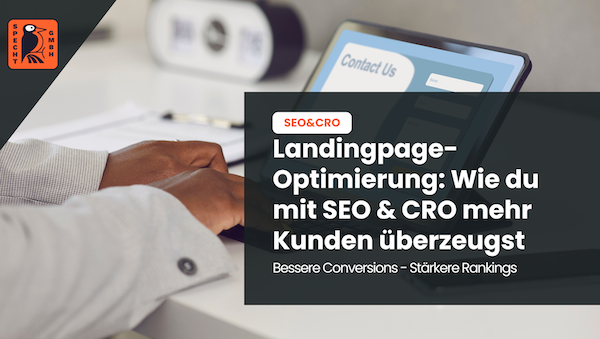In a nutshell: What is WDF*IDF?
WDF*IDF describes the occurrence of a search term and the associated related terms on a page or in a content text. At the same time, the relationship to other pages that also rank with the search term is created and compared.
What exactly is WDF*IDF?
This is what WDF and IDF mean:
- WDF: Within Document Frequency
- IDF: Inverse Document Frequency
If SEOs want to determine the WDF*IDF value of their content, appropriate tools are available on the Internet. They make the calculation much easier. However, WDF*IDF can also be calculated using a formula.
The bottom line is that WDF*IDF is used to calculate the relevance of your own content. At the same time, it is compared with the content of other websites that also rank at the top of the SERPs. Alternatively, it is also possible to add additional domains to the tools for comparison.
WDF performs the following task
This area is responsible for categorizing and simultaneously weighting the frequency of all words within a document or page. Above all, it shows how relevant the content is.
IDF takes on the following task
This area, on the other hand, determines how high the weighting of a certain word (keyword) in a document is for the search engine indexing is. To do this, IDF takes the search term and compares it with the entire text.
-
Free
SEO strategy meeting
In a free SEO strategy consultation, we uncover untapped potential and develop a strategy to make you more successful on Google.

- More organic visibility
- More organic visitors to your website
- More inquiries & sales
What does WDF*IDF mean for SEO?
As already mentioned, WDF*IDF is used to examine a keyword on the best-ranking pages in Google and analyze how often it appears there. A comparison is then made with your own content in order to compare the results accordingly.
WDF*IDF tools then provide tips on how your own content could be enriched with the main keyword and/or other similar terms. The same also works in reverse if a keyword is possibly too highly weighted, i.e. occurs too frequently.
The aim is therefore to create a healthy average of keywords and similar terms. This is the only way to make the content more interesting for Google and possibly rank better.
WDF*IDF is regularly used by SEOs and is used exclusively for ONPAGE OPTIMIZATION use. Tests and optimization tests have already shown positive ranking effects after a WDF*IDF analysis and subsequent optimization.
- Do you know my SEO newsletter?
Register now and receive regular tips from the experts.
How does WDF*IDF work?
As already mentioned, there is a calculation formula to determine WDF*IDF. However, the calculations would take up an unnecessary amount of time in day-to-day SEO work. For this reason, some providers and SEO agencies have made it their business to offer helpful WDF*IDF tools on the Internet.
Here, users first enter their main keyword for which they want to optimize a text or a main page/subpage. They then enter the target country for the content so that the tool looks around in the corresponding SERPs.
Finally, just enter the URL of the corresponding page with the document on which the WDF*IDF analysis is to be carried out.
The corresponding results are displayed immediately afterwards, together with possible suggestions for improvement. SEOs and webmasters can now get to work implementing the relevant suggestions and carrying out optimizations.
Some well-known providers of WDF*IDF tools are listed below:
- Xovi
- Ryte
- Sistrix
- Searchmetrics
- Seobility
- Seolyze
- I am one of the leading SEO experts in Germany
I am known from big media such as Stern, GoDaddy, Onpulson & breakfast television and have already worked with over 100+ well-known clients successful on Google.
Google rating
Based on 185 reviews
Trustpilot rating
Based on 100 reviews
Conclusion: What is WDF*IDF?
WDF*IDF has become increasingly important in recent years, especially in the German SEO sector. Professional tools from various providers make it possible to carry out a WDF*IDF analysis quickly and easily and to optimize your own content accordingly. Nevertheless, despite such optimizations, the user experience must not be neglected. In other words, content should still be easy to read and written for users. Google emphasizes this again and again. Quality before quantity!






